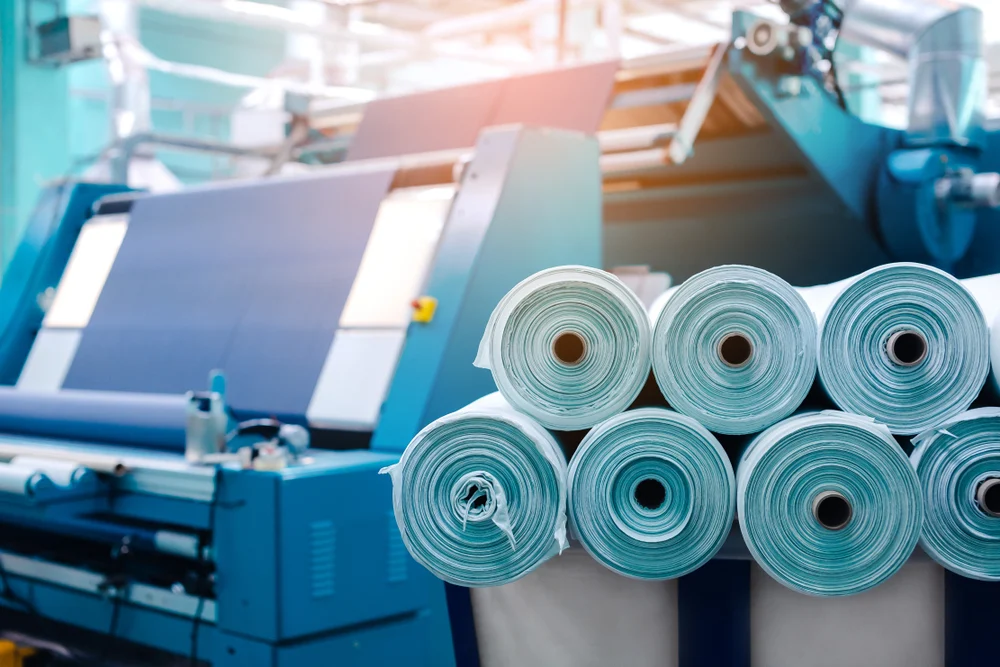The procedures used in the worldwide textile industry to make textiles result in the production of textile yarn, fibre, fabric, and finished goods like clothing. The production of textiles results in both apparel and non-apparel products, according to the global textile industry.
The textile industry includes a wide range of manufacturing processes that enhance the value of the fibre. These procedures could include everything from yarn production to apparel stitching, fabric embossing, and all other composite product development.
Fiber production
Plant fibres
Cellulosic material, the main component of plant fibres, is typically produced from plants like cotton, linen, hemp, or bamboo, though nearly any plant having cellulose that can be extracted can be utilized.
Animal fibres
Animal fibres are made up of proteins. The most frequently used fibres in this category are wool and silk, however wool can come from a variety of animals.
Man-made fibres
Cellulosic raw materials, typically from wood pulp, form the basis for synthetic fibres like viscose (rayon) and lyocell.
Synthetic fibres
Synthetic fibres are created by polymerizing monomers derived from feedstocks of fossil fuels into various fibres.
Yarn production
The next step is to spin the fibre into yarn after it has been harvested or produced. This is a mechanical process which doesn’t include any chemicals.
Fabric production
Production of fabrics is at the heart of the textile manufacturing. There are numerous ways to make fabrics, but the most popular ones are weaving, knitting, or the production of non-woven materials.
Pre-treatment
Fibres, yarns, or textiles can all be used in pre-treatment procedures. It allows for further processing of the product, which must first be prepared to be treated by functional chemicals and dyes. This process is carried out in stages. Depending on the type of fibre or blend of fibres and the post-processing that will be done, specific stages that the fabric must go through may vary. Pre-treated materials may occasionally be manufactured for use in later garment dyeing procedures.
Dyeing and Printing
When used for printing, dyes must go through the same fixing and washing stages as when used for dyeing. Pigment prints, in which the pigments adhere to a surface using polymeric resin or a binder, are the most popular method for printing a fabric in full width.
Finishing treatments
The goal of this phase of the process is to provide the finished fabric unique technical or aesthetic qualities. A wide variety of chemicals are used, depending on the intended properties, such as flame retardance, improved water resistance, antibacterial treatment, protective coatings, or particular fashion treatments.
Stitching into making final products
The fabric is created into final products like sweaters, jeans, shoes, or other specialized products like carpets, furniture, or car seats after it has the required colour and characteristics. This step involves operations like cutting, stitching, and the addition of zippers and buttons.
